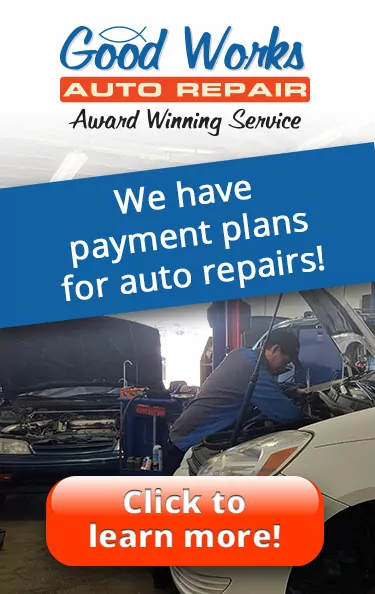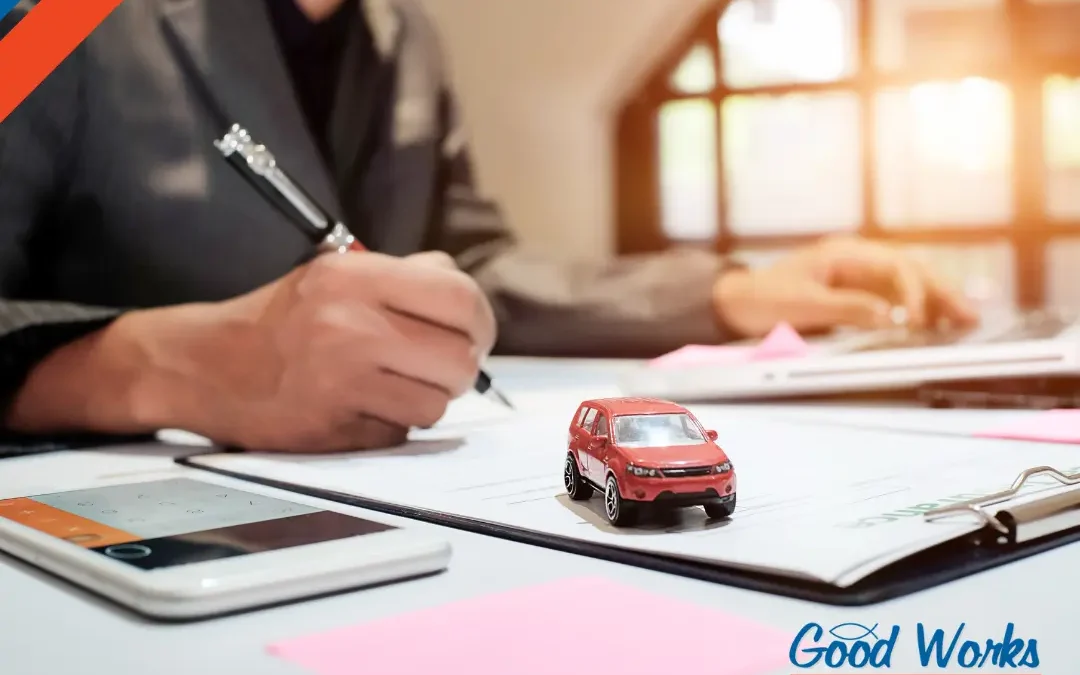It’s officially summer here in Arizona and you know what that means … HOT weather, Monsoon Season, and wet driving conditions that could lead to hydroplaning or decreased visibility. Instead of complaining about the weather and wishing it were different, let’s talk about how to drive safely regardless of the weather. Today, we’ll focus on hydroplaning – what it is, how to handle it, and ways to prevent it from happening.
What Is Hydroplaning?
Under normal driving conditions, your vehicle’s tires remain in constant contact with the road. This gives you maximum control and allows you to drive safely.
When roads are wet, however, standing water may reduce your ability to gain and maintain traction. When a vehicle starts hydroplaning, its tires are gliding over water on the road instead of making contact with the road itself. Without the necessary traction, you will encounter difficulty steering, braking, and controlling your vehicle.
How Should You React If Your Vehicle Starts to Hydroplane?
- DON’T panic! It’s easy to be shaken when you start to lose control over your vehicle but try to remain calm.
- DON’T apply the brakes. This can cause your vehicle to skid out of control.
- DO slow down. Simply let up on the gas and the vehicle will slow on its own, gently transferring weight to the front of the vehicle and allowing you to gain control.
- DON’T over correct with steering. When your vehicle starts pulling to one side all on its own, it’s natural to want to correct its path. Don’t oversteer, however, or you may lose even more control.
7 Ways to Prevent Hydroplaning
Now that you know that hydroplaning occurs on wet roads and what you can do if your vehicle starts to hydroplane, let’s talk about how to prevent hydroplaning in the first place.
- Drive appropriately for the current road conditions. Speed is a significant factor when it comes to hydroplaning. You’ll be more likely to lose control of your vehicle and find yourself in a dangerous situation if you’re driving too fast for current road conditions. To drive safely, you may actually need to drive under the speed limit … not an easy feat for some people!
- Be aware of your vehicle’s weight. Heavier vehicles are more likely to displace water on the road easily, allowing them to maintain traction. On the other hand, lighter vehicles are not as able to do that so they become prime candidates for hydroplaning. If you’re driving a lighter vehicle, keep this in mind when driving on wet roads.
- Keep your tires in good condition. Keeping your tires in contact with the road is the best way to maintain control over your vehicle under any road conditions. In order to do that, tires should have sufficient tread depth and be inflated to the proper tire pressure. Regular tire service, including tire rotation and visual inspection, can help identify tire problems before they affect your driving safety.
- Practice safe driving habits. Follow in the tracks of the vehicle in front of you if you’re driving on wet roads. That vehicle’s tires will disperse the water and you can drive on relatively dry tracks. Also remember to leave plenty of space between you and other vehicles. While this won’t necessarily help you avoid hydroplaning, it can give you the needed space to react appropriately if you or someone else starts to have trouble.
- Pay attention to your surroundings. Keep an eye on the traffic around you. Do other vehicles have a significant amount of water coming from their tires? If so, it’s probably correct to assume there’s a good amount of water on the road and you should slow down.
- Avoid standing water. While it may be exciting to see the geyser of water rising from driving through a big puddle, it’s best to avoid puddles and standing water whenever possible. One of the best ways to prevent hydroplaning is by simply avoiding the water in the first place!
- Turn off the cruise control. If you’re trying to maximize gas mileage or simply make driving on a long trip easier, using cruise control is a great idea. When the roads are wet, however, it’s not. Leave it off so you can feel the road conditions and adjust your speed quickly and as needed to keep driving safely.
Preventative Maintenance – Keeping Your Vehicle In Great Shape All Year Long
At Good Works Auto Repair, we understand that your ability to drive safely is significantly impacted by your driving habits and experience. It’s also affected by the condition of your vehicle. That’s why we’re such big proponents of preventative maintenance.
When you follow a routine maintenance schedule, it’s like going to the doctor for a checkup. If things look good and all is well, you can go on your merry way. If things don’t look so good, however, small problems can be caught and fixed before they become bigger, more expensive ones or safety issues. And, of course, there are things like oil changes and tire rotations that simply need to be done from time to time to keep things running smoothly.
Regardless of what the weather brings or what the road conditions are, we are here to meet your vehicle maintenance needs. With a little extra TLC from expert automotive technicians who care about you AND your vehicle, you’ll be well equipped to hit the road this summer and do it safely. Simply give us a call or schedule an appointment online for service today!






